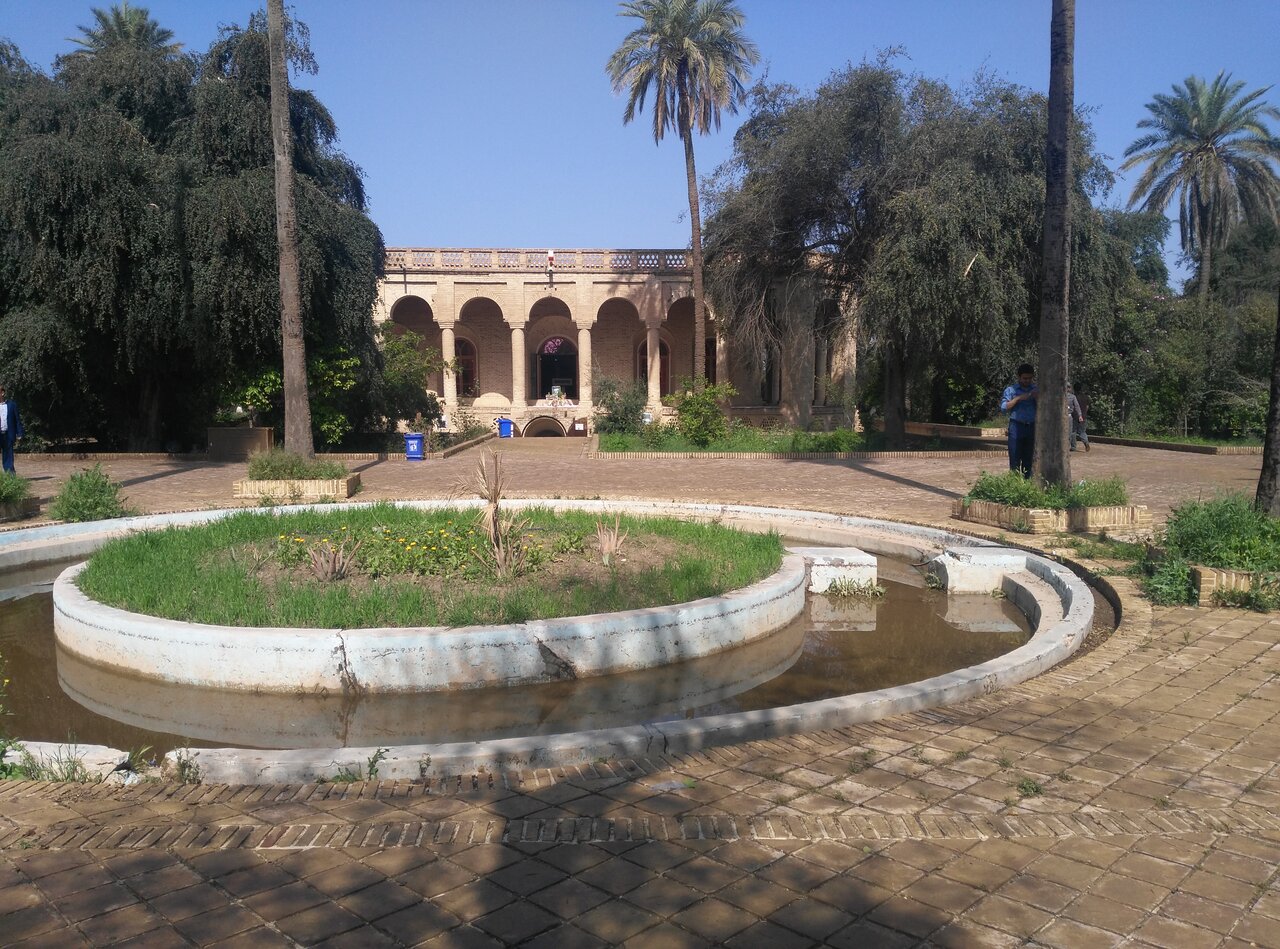Restoration work begins on Qajar-era mansion

TEHRAN – The Qajar-era (1789-1925) Samimi Mansion in the ancient city of Ramhormoz, the southwestern province of Khuzestan, has undergone some rehabilitation works, a local tourism official has said.
A budget of 8.6 billion rials ($17,200) has been allocated to the project, Seyyed Abbas Mousavi explained on Tuesday.
The project involves repairing damaged parts and replacing worn-out materials, the official added.
Spanning over a vast area of 16,500 square meters, the mansion’s design is heavily influenced by Western gardens, owing to the owner’s prolonged stay in Europe.
However, Persian influences have also been seamlessly incorporated into the structure. The combination of the two styles has resulted in a stunning architectural masterpiece.
The historical structure has been inscribed on the national heritage list.
Khuzestan is home to three UNESCO World Heritage sites of Susa, Tchogha Zanbil, and Shushtar Historical Hydraulic System yet it is a region of raw beauty where its visitors could spend weeks exploring. The province is also a cradle for handicrafts and arts whose crafters inherited from their preceding generations.
Lying at the head of the Persian Gulf and bordering Iraq on the west, Khuzestan was settled about 6000 BC by a people with affinities to the Sumerians, who came from the Zagros Mountains region. Urban centers appeared there nearly contemporaneously with the first cities in Mesopotamia in the 4th millennium. Khuzestan, according to Encyclopedia Britannica, came to constitute the heart of the Elamite kingdom, with Susa as its capital.
ABU/AM
